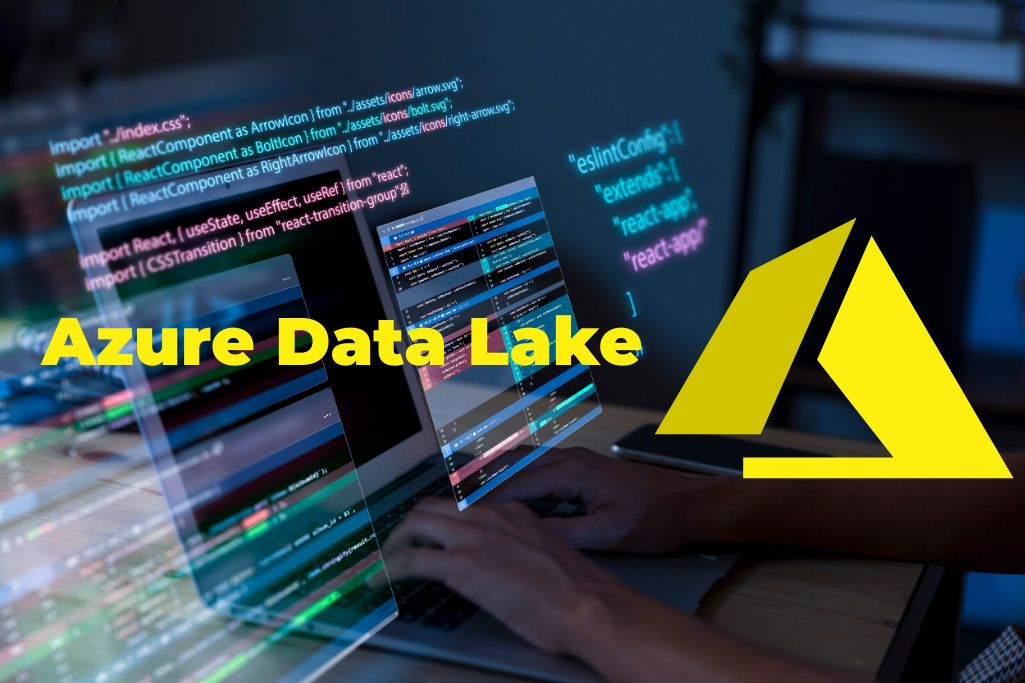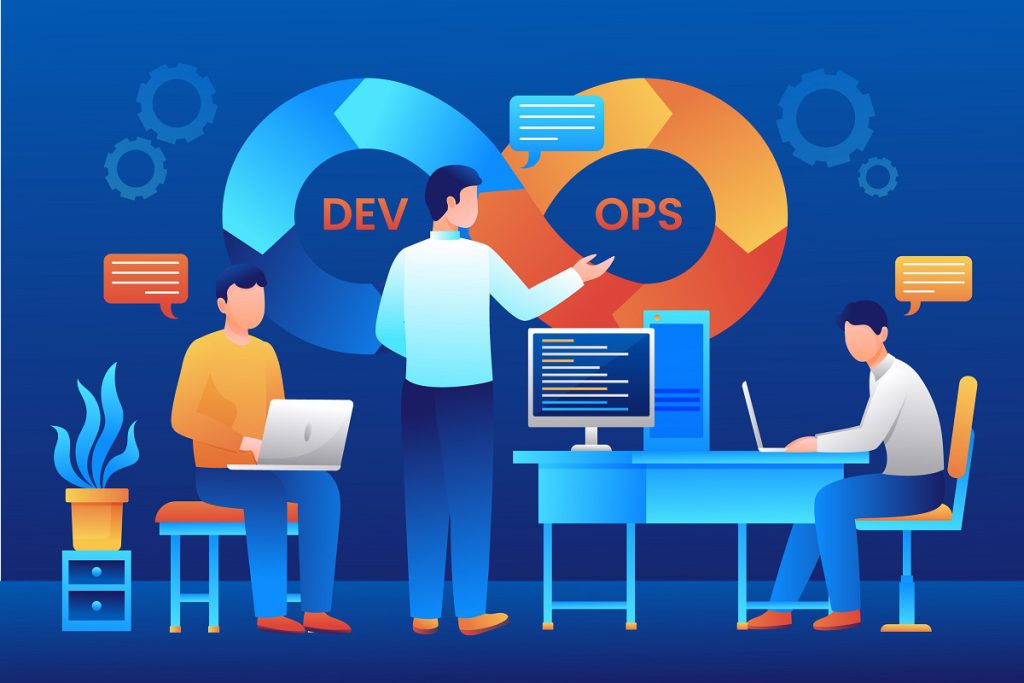In modern times, cloud computing and data management are considered to be essential elements for successful business growth and development.
In this regard, Azure Data Lake Services has been a strategic move for business owners to adopt new and latest technologies for competitive gain and to stay ahead of the curve.
For multi-tier companies, handling data workflows becomes challenging. To ensure that our business process is streamlined, data pipelines are managed efficiently, and microservices communicate with each other seamlessly, we need Azure Data Lake services.
In this blog, we will explore the core components of Azure Data Lake Services.
Azure Data Lake Storage Gen2 (ADLS Gen2):
A second-generation data storage option is provided in the Azure data lake architecture with the help of Azure Data Lake Storage Gen2.
It consists of the combined capabilities of Azure Blob Storage and Azure Data Lake Storage. We can store structured as well as unstructured data of any size within the organization’s Azure architecture.
In order to handle high volumes of data within an organization, we need to build a data architecture with ADLS Gen2 that provides high-end enterprise-grade security with encryption, role-based access control, and data governance.
Also Read: Benefits of Azure DevOps Consulting For Modern Businesses
Azure Data Lake Analytics (ADLA):
Entrepreneurs of startup companies need to analyze vast amounts of data for proper market analysis. They need to explore the volatility of the product and services, understand market size, consumer behavior, and trends in market demands geographically with demographic details.
This is possible with the help of serverless analytics services like ADLA (also known as Azure Data Lake Analytics), which allows users to run parallelized queries over petabytes with querying languages like SQL,.NET, and U-SQL.
Azure HDInsight:
There are many open-source big data technologies that businesses might be interested in. The popular choice among them are Apache, Hadoop, and Spark. Azure HDInsight is a single platform that allows us to use popular frameworks for big data technologies like Hadoop, Spark, HBase, and Kafka.
This helps big data engineers and data scientists work in collaboration with each other for advanced data analytics and helps business owner extract meaningful information from extensive data sets.
Azure Data Factory (ADF):
Azure Data Factory is another internal component of Azure Data Lake. It is also a cloud-based data integration service that prepares the stage for building data workflows and automating them through cloud-based applications.
Azure Data Factory allows users to create, schedule, and monitor data pipelines for ingesting data in real time, transforming, and moving data across various resources and destinations. In this way, the organization’s data workflow is optimized, streamlined, and automated.
Azure Synapse Analytics:
When we need to make changes in the algorithms with the help of machine learning and feed training data to cloud-based AI applications, we need to make use of Azure Synapse Analytics. This suite of Azure Data Lake has several tools to handle diverse analytical workloads, enabling us to transform traditional business intelligence into advanced business intelligence that uses analytics and machine learning to present accurate and reliable data before business leaders.
To sum up, we must say that Azure Data Lake Services is not only a strategic move for business owners but a necessity to stay ahead in this highly competitive business.
Modern businesses will suffer losses eventually if they do not adopt newer cloud-based services, as they might find it challenging at times of business growth or when increasing the team size or composition, as the application might not function properly due to an increase in the number of concurrent requests. Also, there is a risk of data overflow and incompleteness if the data architecture is not robust, secure, and scalable.
For more updates, follow us on Twitter, Facebook, and LinkedIN.




